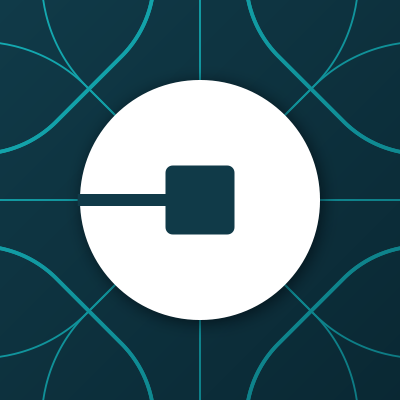
It’s Women’s History Month and Uber is using this opportunity to push out statistics about how many of their drivers in the U.S. are female, though a TIME poll shows that men are still much more likely players across the on-demand economy.
The $62.5 billion startup made a pledge last year to have one million women providing rides through their platform by 2020, and on Monday evening the company emphasized that the percentage of new signups that are women is on the rise in the U.S. By the end of 2015, 19% of drivers using the app were women, up from 14% the year before. By February, the percentage of active UberX drivers who were female had climbed to more than one in every five (21%). And the company said that women account for nearly one third (29%) of new-driver signups, with roughly 230,000 women driving their first Uber fare in 2015.
By comparison, the latest report on New York City yellow cab drivers said that while women have been driving cabs since the 1940s, that industry remains male-dominated. As of 2014, about 99% of yellow cab drivers in the Big Apple were men. Late last year, the Independent dug into this ongoing disparity — which also applies to U.K. cabbies — and pointed to safety concerns, the kind that led cab companies to erect those partitions between driver and passenger back when all the transactions were cash.
According to Uber, factors leading to the rise in female participation likely include the flexibility of the gig and the increased comfort people have with the trust-based peer-to-peer economy (despite terrible scares in places like Kalamazoo, Mich.), especially when transactions are cashless. The company has also been actively recruiting women through partnerships with the likes of the Chicago Metro YWCA, where women seeking jobs are told about the platform.
A TIME poll, released last year in partnership with Burson-Marsteller and the Aspen Institute, found that while women and men are equally aware of ride app services like Uber, Lyft and Sidecar — about 80% of U.S. adults who use the Internet are at least somewhat familiar with those services — women tend to have a less positive view of this new economy on the whole. Roughly half said they have a favorable view, compared with about 60% of men.
While 19% of women said they had used a ride app, 26% of men did. And men are much more likely to use a ride app on a daily or weekly basis (18%) than women are (7%). When asked whether they had ever offered services through a ride app like Lyft, Uber or Sidecar, 6% of women (roughly 6 million among U.S. adult Internet-users) said they had, compared to three times that many men. Looking across all these disrupting industries — including home-sharing, tasking, ride-apping, possession-lending and so on — those offering services were most likely to be young men living in urban centers and identifying as part of a racial minority.
More Must-Reads From TIME
- The 100 Most Influential People of 2024
- The Revolution of Yulia Navalnaya
- 6 Compliments That Land Every Time
- What's the Deal With the Bitcoin Halving?
- If You're Dating Right Now , You're Brave: Column
- The AI That Could Heal a Divided Internet
- Fallout Is a Brilliant Model for the Future of Video Game Adaptations
- Want Weekly Recs on What to Watch, Read, and More? Sign Up for Worth Your Time
Contact us at letters@time.com